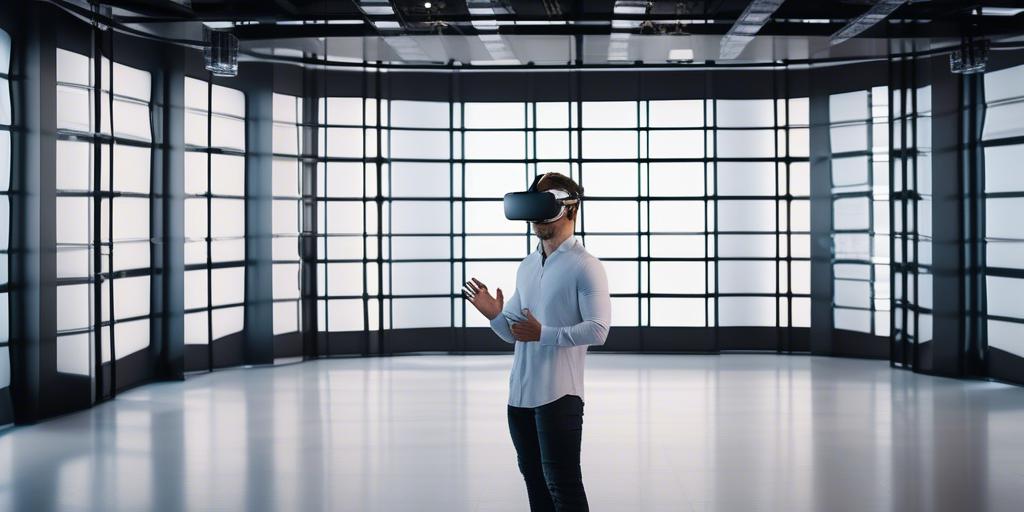Virtual Reality and Artificial Intelligence: Revolutionizing User Experiences
In today’s fast-paced digital landscape, Virtual Reality (VR) and Artificial Intelligence (AI) are combining to revolutionize the way we create and experience digital content. By integrating the immersive powers of VR with the intelligent capabilities of AI, industries are unlocking new possibilities that are reshaping traditional interactions. From gaming to healthcare, education to retail, these technologies are driving more engaging, personalized, and adaptive experiences for users.
Transforming User Experiences Through AI-Enhanced VR
The integration of AI with VR is elevating user experiences to new heights. AI-powered VR environments now adapt in real-time to user preferences, behavior, and even environmental factors. This dynamic interplay allows VR to go beyond static, pre-programmed scenarios, creating interactive and responsive experiences that evolve with the user. Enhanced by AI, VR can anticipate user needs, tailor content, and provide instantaneous feedback, making interactions more engaging and tailored to individual users.
Across Industries, the Revolution is Underway
Virtual reality technologies are being rapidly adopted across industries, with AI serving as a driving force in enhancements. In gaming, AI-powered VR offers smarter, adaptive opponents and immersive environments that respond to player actions in real-time. In healthcare, VR combined with AI is transforming surgical training, patient simulation, and rehabilitation, providing safer and more effective tools for learning and recovery.
Disrupting Traditional Norms and Redefining Interaction
AI-driven voice-based navigation in VR is simplifying user interaction by allowing verbal commands to explore virtual environments, a particularly beneficial advancement for users with text-based difficulty. Additionally, AI-enabled virtual avatars are revolutionizing customer service, offering 24/7 support through interactive VR experiences. These innovations are reshaping traditional customer service models and enhancing user engagement.
The Overall Transformation
The convergence of VR and AI represents a significant transformation in user experience, driving innovation across sectors. From virtual try-before-buy experiences in e-commerce to AI-driven virtual classrooms in education, these technologies are offering innovative solutions that enhance efficiency, creativity, and accessibility. The potential applications of VR and AI are vast, with the ability to transform industries for the better.
Conclusion
Embracing VR and AI technologies is no longer a choice but a necessity in today’s competitive landscape. These tools are not just trends—they are driving the future of user experiences. As industries evolve, the integration of VR and AI will continue to shape how we interact with technology, creating more immersive, intelligent, and transformative experiences that benefit businesses and users alike.
